Introduction
Seasonal changes do more than shift the weather—they influence how people live, what they wear, the spaces they create, and the activities they enjoy. Across the United States, the transition from one season to another sparks noticeable adjustments in daily habits, home décor, wellness routines, fashion, and even dining preferences. Understanding these shifts not only highlights how nature affects lifestyle choices but also reveals how Americans adapt to maintain comfort, style, and well-being all year long.
1. The Psychology of Seasonal Living
Humans have an innate connection to nature’s rhythms. The length of daylight, temperature, and environmental colors all affect mood, energy levels, and daily routines. For example:
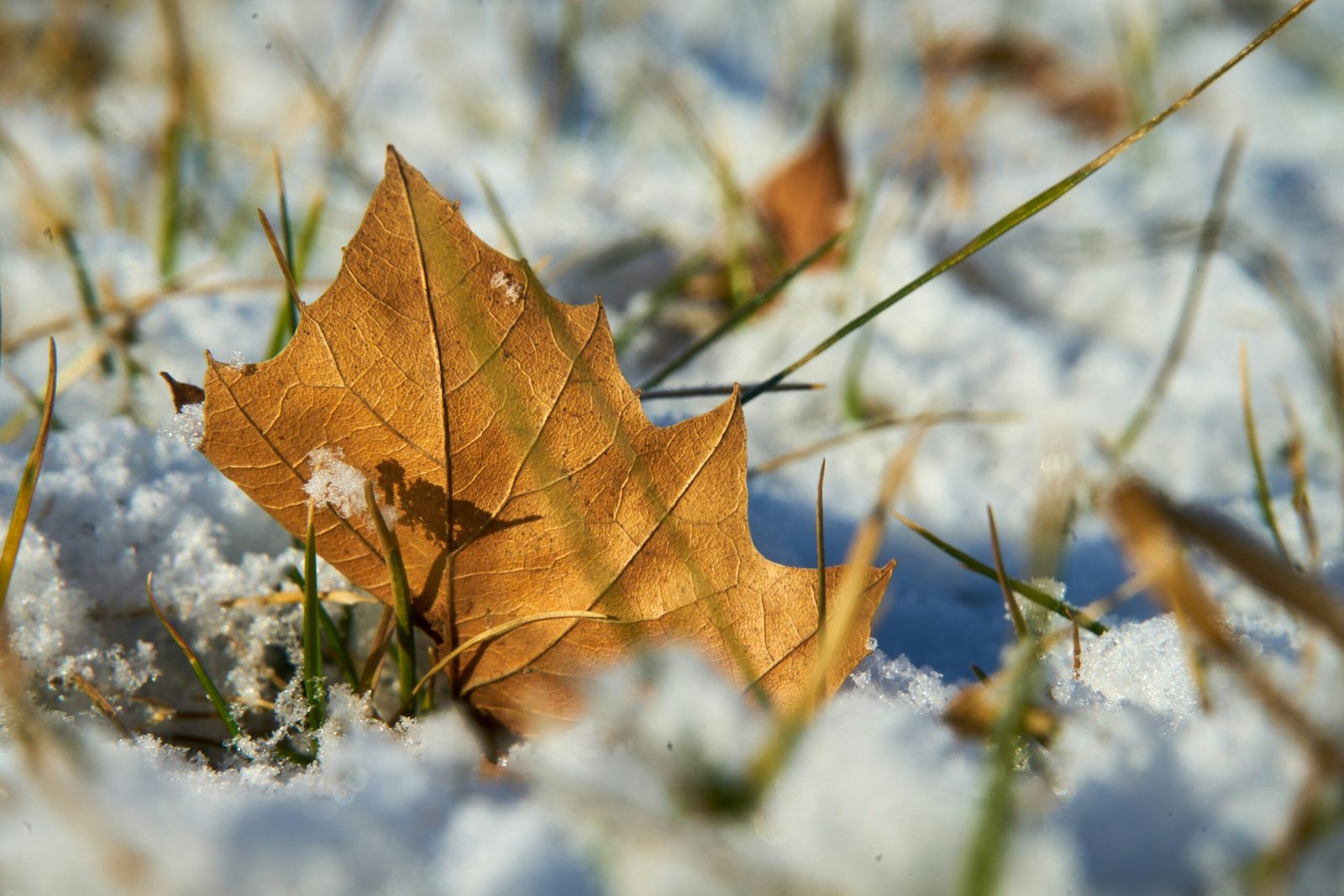
-
Spring often represents renewal and motivation. Longer days and warmer weather encourage outdoor activities, fresh styles, and new projects.
-
Summer is associated with vibrancy, vacations, and leisure—people seek lightweight clothing, cool interiors, and outdoor dining.
-
Fall inspires coziness, deeper colors, and a shift toward indoor comfort as temperatures drop.
-
Winter emphasizes warmth, layering, and festive touches, with many leaning into traditions and comforting experiences.
This emotional connection explains why lifestyle choices—from fashion to home design—naturally align with seasonal changes.
2. Seasonal Influences on Home Décor
Home environments often mirror the mood of each season, reflecting both function and aesthetics.
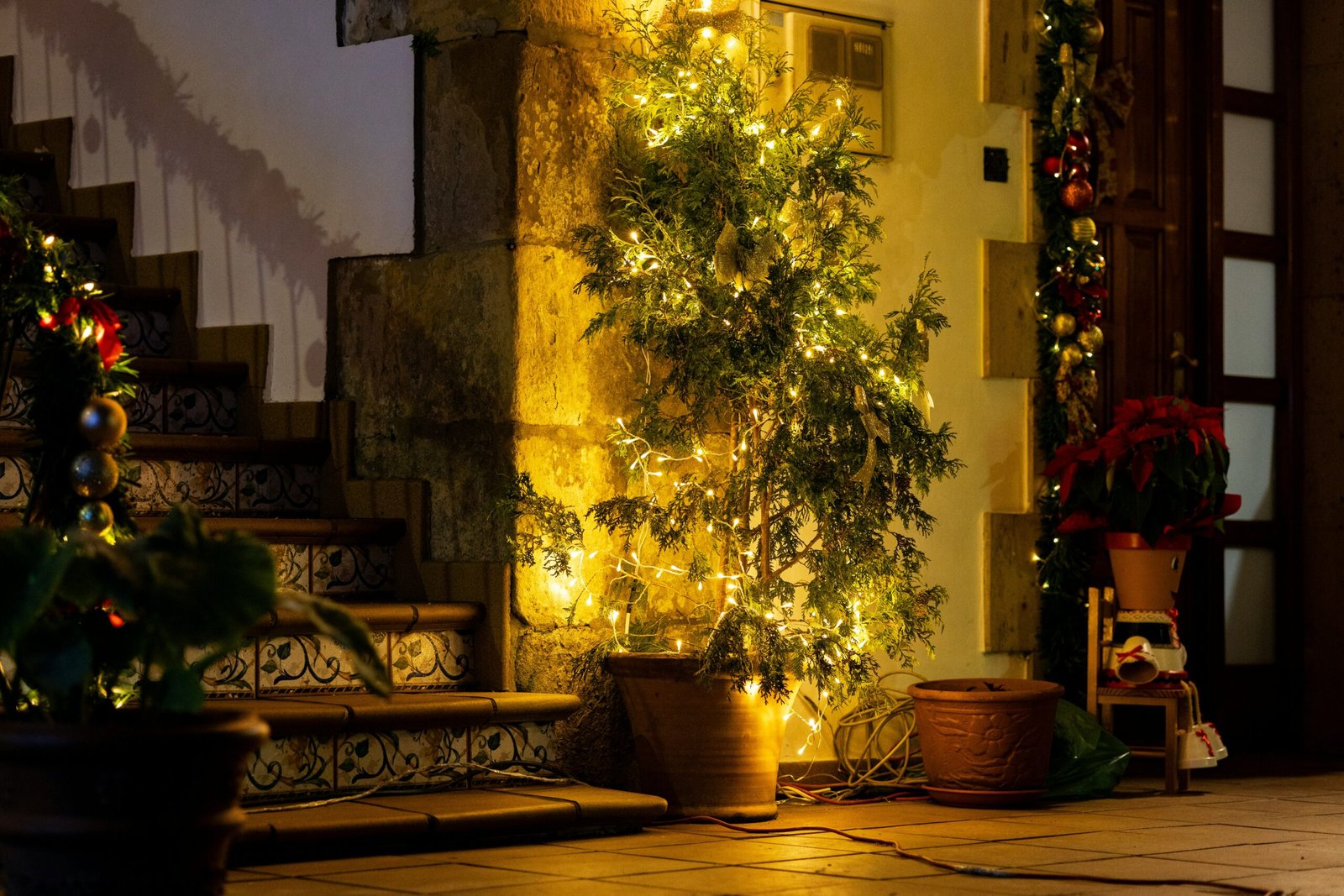
Spring: Freshness and Lightness
-
Colors: Soft pastels, airy whites, and nature-inspired tones dominate.
-
Décor: Floral arrangements, lightweight fabrics, and open spaces create a sense of renewal.
-
Lifestyle: Many people engage in “spring cleaning” to declutter and refresh their living spaces.
Summer: Bright and Breezy
-
Colors: Vibrant shades—corals, ocean blues, and sunny yellows—bring energy indoors.
-
Décor: Coastal accents, airy curtains, and outdoor-friendly setups encourage relaxation and social gatherings.
-
Lifestyle: Barbecues, backyard lounging, and evening get-togethers become household staples.
Fall: Warm and Cozy
-
Colors: Rich earth tones—burnt orange, deep greens, and warm browns—define the season.
-
Décor: Plush throws, autumn wreaths, and warm lighting create a snug atmosphere.
-
Lifestyle: People gravitate toward indoor gatherings, cooking hearty meals, and embracing rustic charm.
Winter: Comfort and Elegance
-
Colors: Jewel tones, silvers, golds, and festive reds set a celebratory tone.
-
Décor: Soft textures, layered fabrics, and ambient lighting enhance warmth.
-
Lifestyle: Fireplaces, cozy reading nooks, and holiday-inspired arrangements dominate interior spaces.
3. Seasonal Fashion and Personal Style
Fashion choices are perhaps the most visible indicator of how seasons shape lifestyle habits.
Spring Wardrobes
Light layers become essential as temperatures fluctuate. People embrace breathable fabrics like cotton and linen, along with floral prints and pastel hues that reflect nature’s renewal.
Summer Styles
Minimal, breezy, and vibrant—summer wardrobes prioritize comfort in the heat. Accessories like sunglasses, hats, and lightweight footwear complete the look while supporting outdoor lifestyles.
Fall Transitions
Layering becomes key. Knitwear, scarves, and boots define this period of shifting temperatures, while deep colors and textured fabrics complement autumn’s natural scenery.
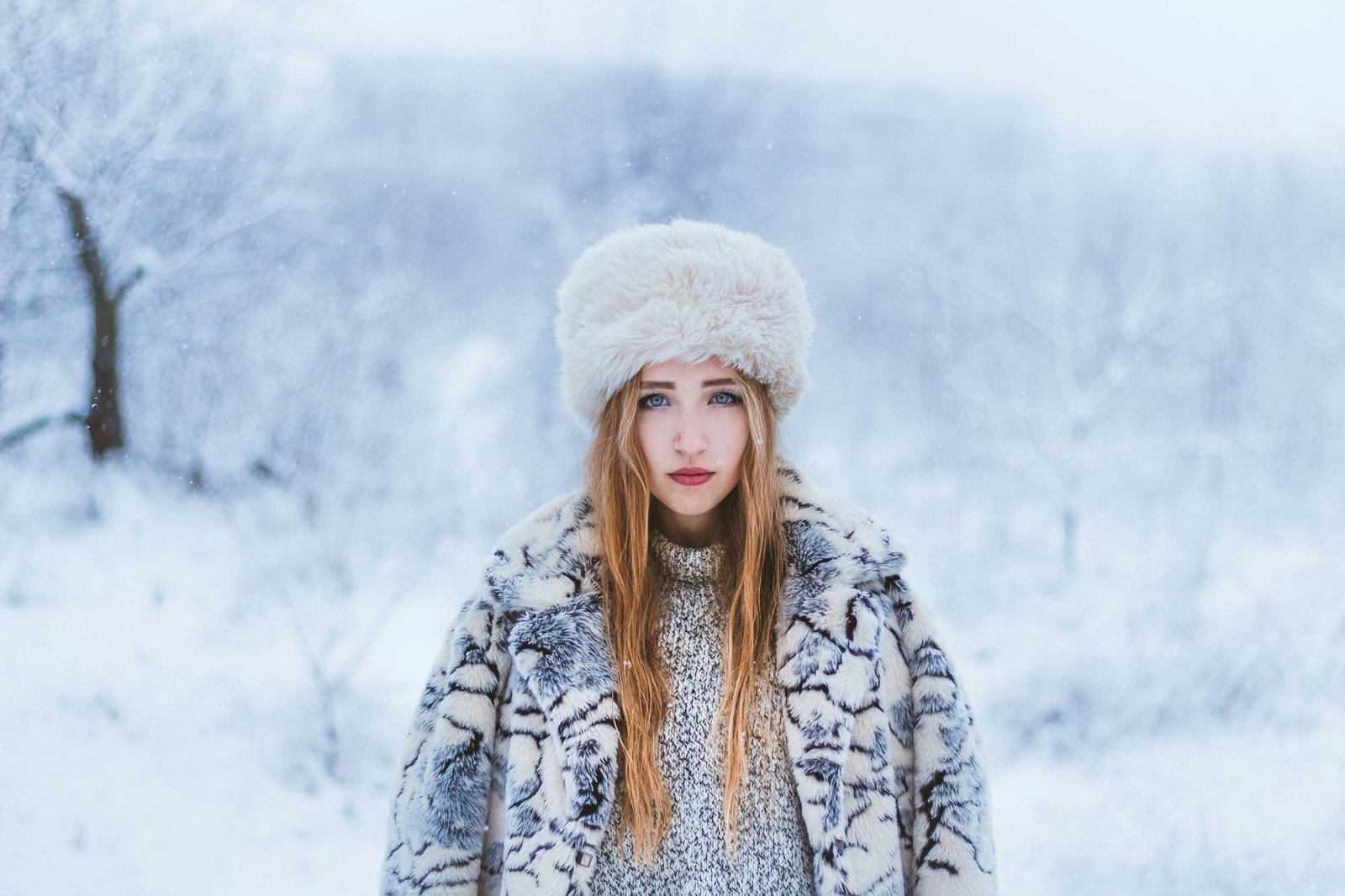
Winter Layers
Thick coats, wool blends, and insulated boots dominate winter wardrobes. Neutral and rich tones pair with statement accessories, ensuring warmth without sacrificing style.
4. Seasonal Eating Habits and Culinary Trends
Food choices also shift dramatically with the seasons, reflecting both availability and mood.
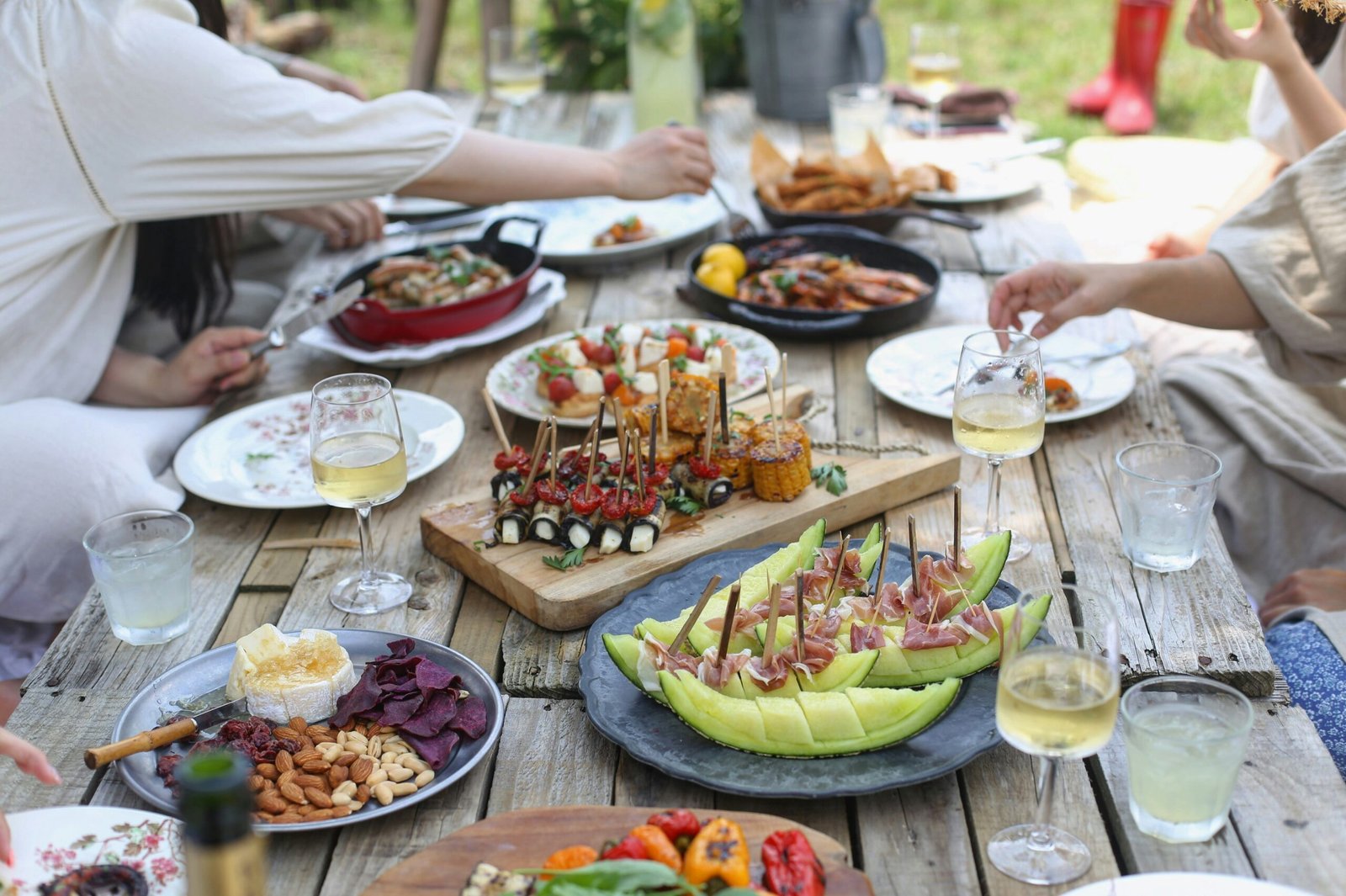
-
Spring brings fresh greens, fruits, and light meals as people seek to energize after winter.
-
Summer emphasizes cool, refreshing options—grilled vegetables, salads, and chilled beverages are popular.
-
Fall introduces hearty stews, root vegetables, and spiced drinks as cooler weather arrives.
-
Winter leans on comfort foods—soups, baked goods, and festive flavors like cinnamon and peppermint.
Farmers’ markets, holiday feasts, and seasonal produce reinforce this connection between nature and culinary preferences.
5. Wellness and Lifestyle Adjustments
The seasons influence wellness routines just as strongly as décor and fashion.

-
Spring inspires fitness goals and outdoor activities such as hiking or jogging.
-
Summer promotes water sports, beach days, and active vacations.
-
Fall encourages slower, reflective practices—yoga, journaling, or cozy reading sessions.
-
Winter focuses on maintaining energy levels through indoor workouts, mindfulness practices, and self-care rituals.
Seasonal affective patterns also play a role. Longer daylight in summer boosts energy, while shorter winter days may inspire comfort-driven lifestyles.
6. Travel and Leisure Preferences
Where people go and how they relax often depends on the season.

-
Spring & Summer: Road trips, coastal destinations, and national parks attract adventurers. Outdoor festivals and concerts are highly popular.
-
Fall: Leaf-peeping tours, mountain retreats, and harvest festivals dominate travel trends.
-
Winter: Ski resorts, holiday markets, and warm-weather getaways shape leisure plans.
These shifts highlight how Americans align their leisure time with nature’s cycles, seeking experiences that reflect the mood of each season.
7. Sustainability and Seasonal Choices
Modern consumers are increasingly aware of how seasonal habits impact the environment. Many now:
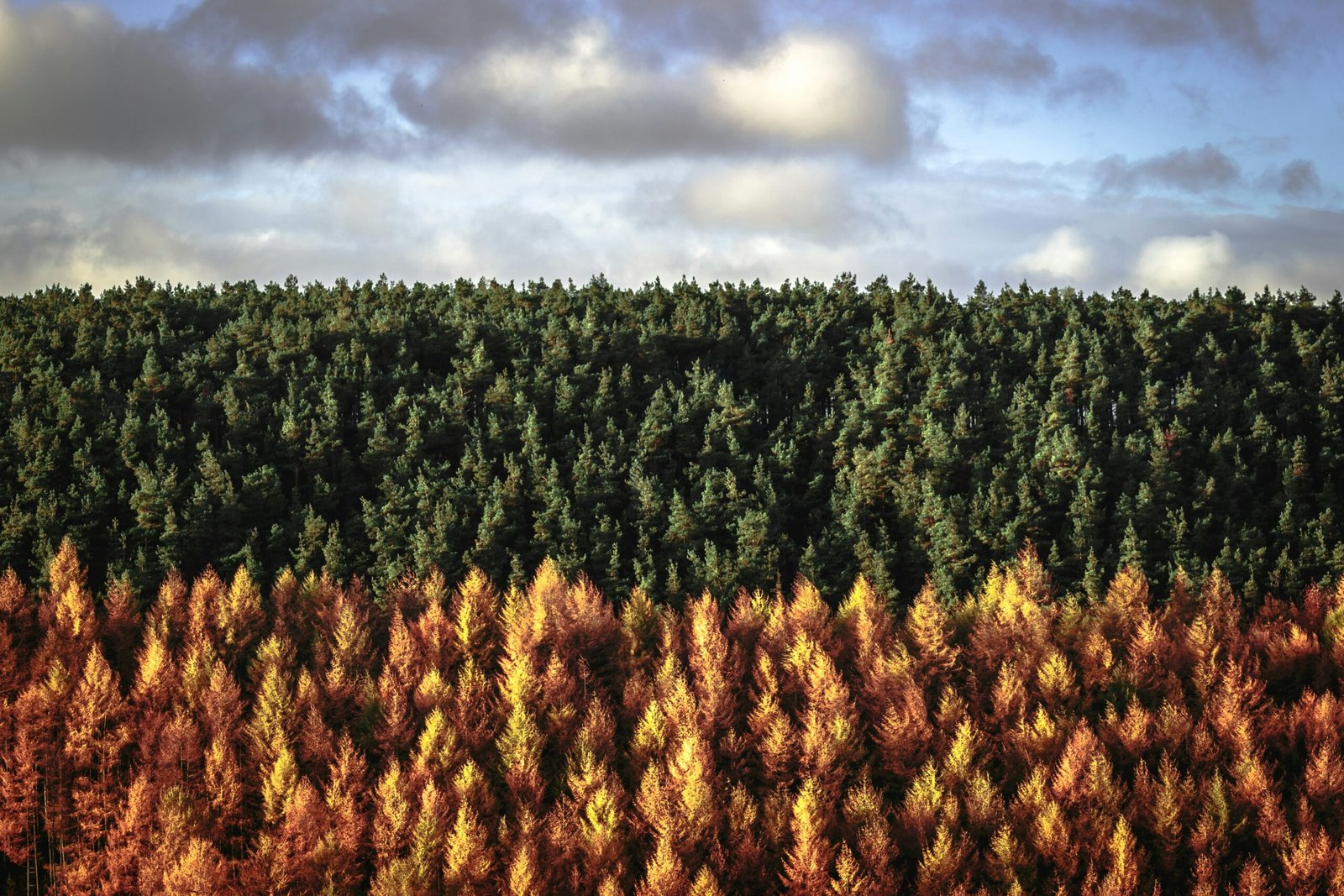
-
Opt for eco-friendly home décor that transitions smoothly across seasons.
-
Choose timeless wardrobe pieces that work year-round, reducing waste.
-
Incorporate locally sourced foods into meals to match seasonal availability.
-
Focus on energy-efficient practices—like adjusting lighting and temperature settings—to align with nature’s rhythms responsibly.
8. Looking Ahead: Seasonal Trends in the USA
With the rise of digital lifestyles, Americans now blend tradition with innovation. For example:
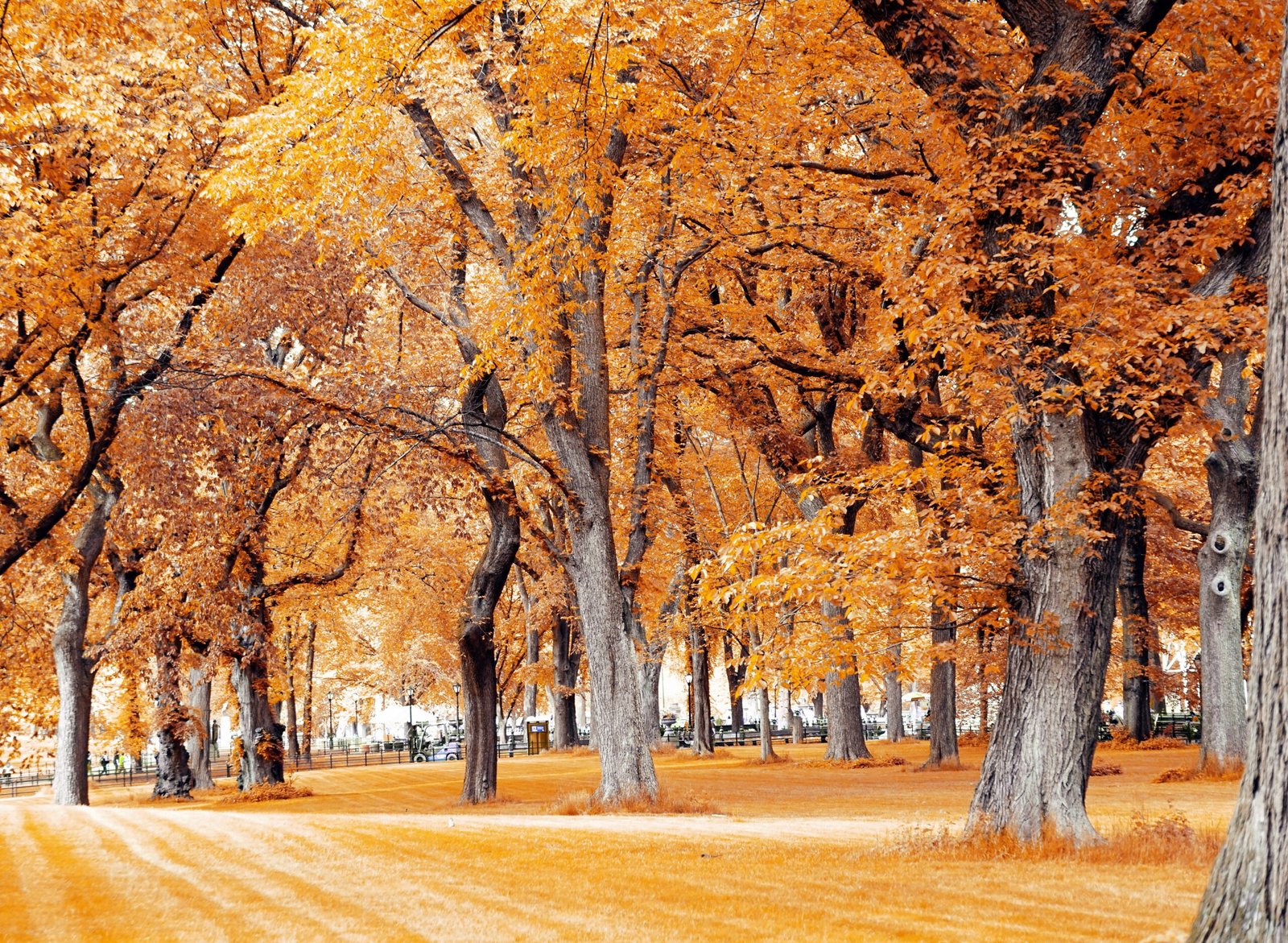
-
Home décor collections reflect seasonal moods but include multipurpose pieces.
-
Fashion shifts are faster due to online trend cycles but still follow natural patterns.
-
Wellness routines integrate technology—fitness apps and light therapy lamps—especially during darker months.
Seasonal living remains an integral part of American culture, balancing comfort, creativity, and connection to nature.
Conclusion
Seasonal changes influence nearly every aspect of daily life—from what people wear and how they decorate their homes to how they eat, relax, and maintain wellness. In the USA, this dynamic approach to living allows individuals to embrace the unique energy of each season while shaping their surroundings and routines to match. By understanding and celebrating these natural shifts, Americans create lifestyles that feel fresh, inspired, and harmonious throughout the year.